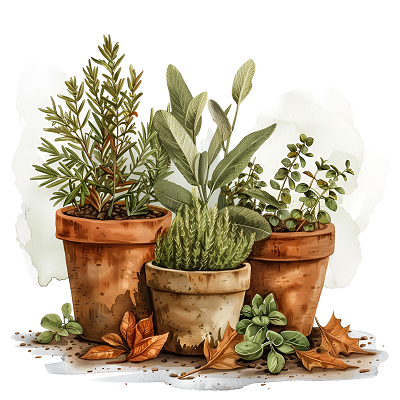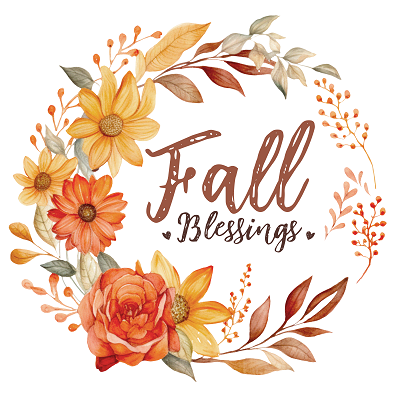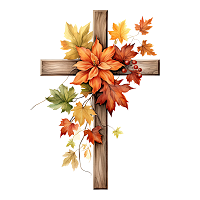 During the fall season, it is a great time to start thinking about using herbs. They not only provide holistic benefits, but there are so many ways to use them in the kitchen.
During the fall season, it is a great time to start thinking about using herbs. They not only provide holistic benefits, but there are so many ways to use them in the kitchen.
You can either buy your herbs at a local store, a farmer’s market, or grow your own. If you decide to grow your own herbs, here are some tips to help get you started.
Know What You Can Grow
First of all, you should look at the type of herbs you can grow in your area, and based on the weather conditions. If you live in a mild climate, you can most likely grow any herbs year-round.
However, if it gets cold where you are in the fall, then you want to be careful about the herbs you choose from. Some herbs that grow well in colder climates include mint, thyme, sage, lavender, parsley, cilantro, and chives.
Keep in mind they might also be harvested in the winter, so if it gets too cold where you are, indoor planting of the herbs might be a better option.
Learn the Details of Each Herb
Once you have a list of the herbs you want to grow, the next thing you should do is learn the details of that herb. You need as much information as possible so that you can plan your herb garden accordingly.
This includes where the herb should grow, such as direct or partial sunlight, if it can grow indoors, the type of soil it needs, how much it should be watered, and the distance the seeds need to be planted. They won’t all be the same, so take notes when planning out your gardening.
For example, if you are growing parsley or cilantro, you should separate the plants by about a foot, while rosemary and sage need around 4 feet of space in between them.
Prepare for Growing
After gathering details about the herbs you want to plant, you can then start prepping the area. This is needed whether growing from seed or plants, though if you are a beginner, starting from plants is highly recommended.
You want to prepare your soil by loosening the soil where you are planting your herbs, adding compost and fertilizer, and having proper drainage in that area.
Water and Harvest
Lastly, you need to water and harvest your herbs. Most herbs will need to be watered when you start noticing them becoming dry. This is a really easy way to tell if your herbs are being watered enough, but not watered too much. You should try to check them every day or every other day to be sure.
When harvesting, make sure you cut off about 1/3 of the branches each time to promote healthy growth.


